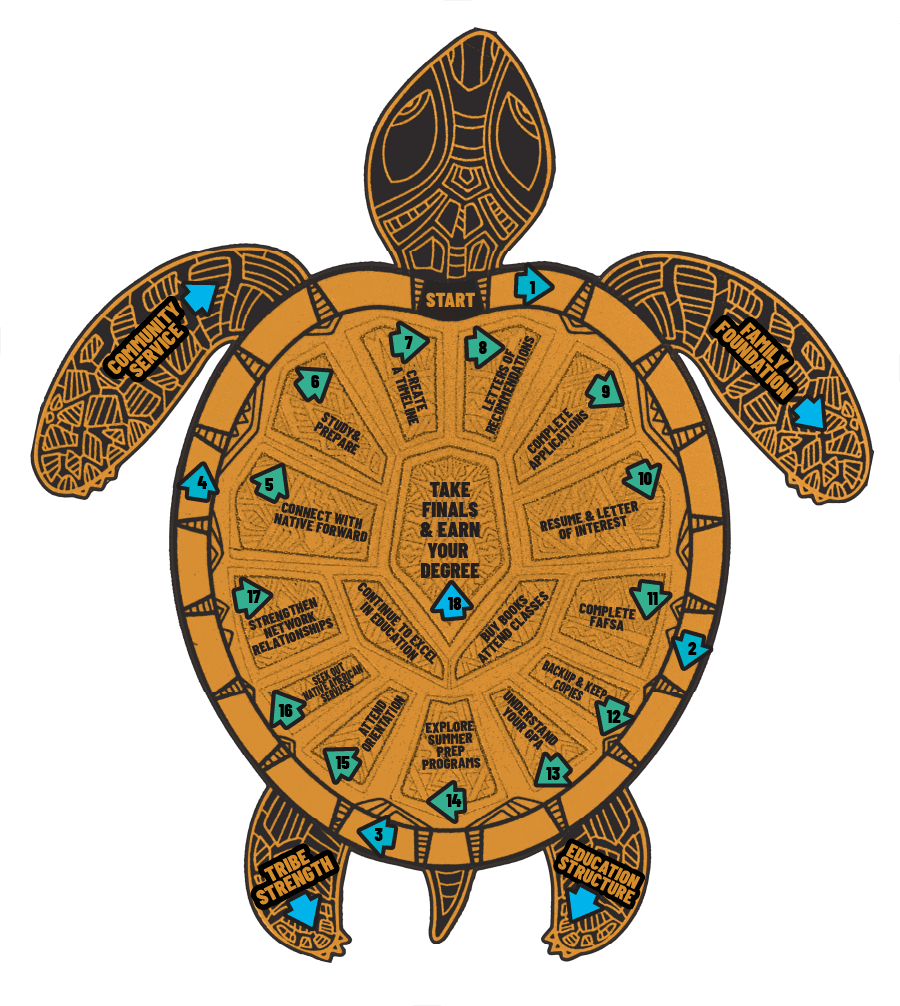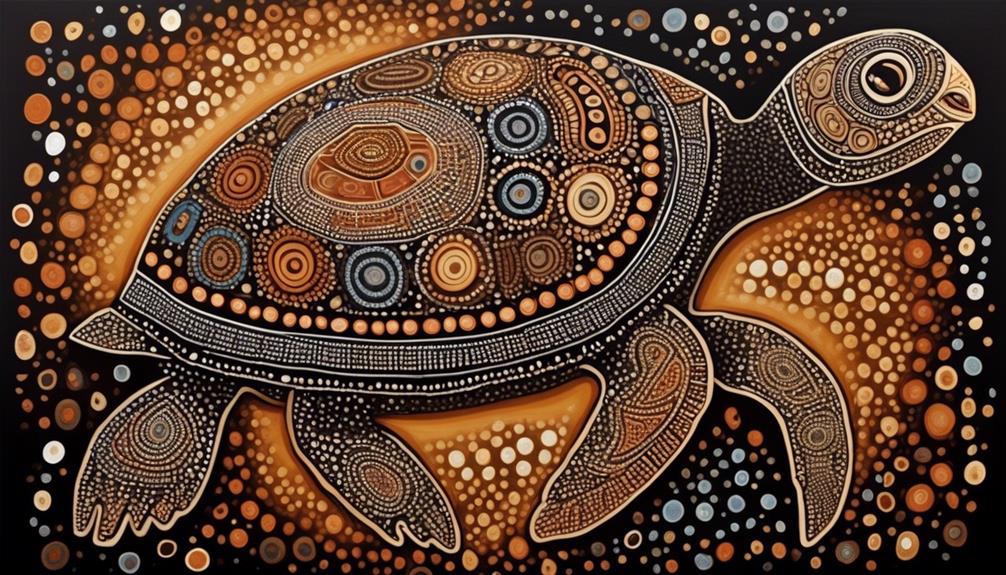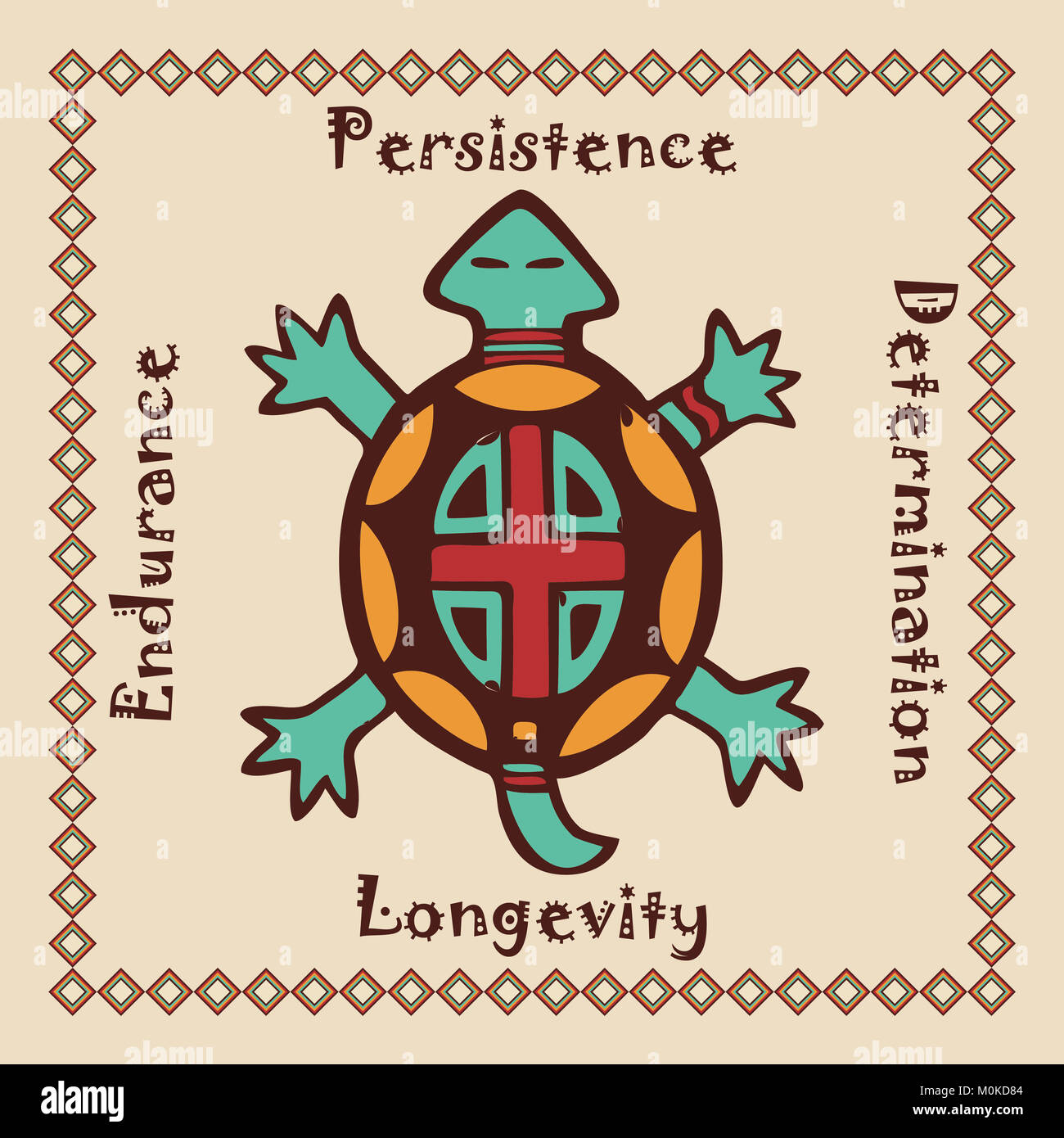
The Enduring Heartbeat: Unpacking the Profound Symbolism of the Turtle in Indigenous Cultures
The turtle, an ancient mariner of both land and water, holds a position of unparalleled reverence and profound symbolism across the vast and diverse tapestry of Indigenous cultures throughout the Americas and beyond. Far from being a mere animal, the turtle emerges as a foundational figure in creation stories, a bearer of wisdom, a symbol of resilience, and a living embodiment of spiritual and ecological principles that have guided human interaction with the natural world for millennia. Its slow, deliberate movements, its protective shell, and its dual existence on land and in water imbue it with a multifaceted significance that continues to resonate deeply in contemporary Indigenous thought and identity.
At the heart of the turtle’s symbolism lies its central role in the creation narratives of numerous Indigenous nations, most notably the widespread concept of "Turtle Island." This designation, used by many First Nations, Métis, and Inuit peoples for what is now known as North America, is not merely a poetic moniker; it is a profound cosmological and historical assertion, rooted in narratives where the world itself was formed on the back of a giant turtle.
One of the most widely known versions of the Turtle Island creation story originates with the Haudenosaunee (Iroquois Confederacy), Anishinaabe (Ojibwe, Odawa, Potawatomi), Lenape, and many other Algonquian-speaking peoples. In these narratives, after a great flood, a Sky Woman (or a benevolent spirit) falls from the Sky World. Various water animals attempt to bring up earth from the depths of the primordial waters to create a new home for her. It is the humble turtle who offers its back as a stable foundation, upon which the tiny bits of mud brought by the muskrat or toad begin to grow, eventually forming the land we inhabit today. The turtle, therefore, becomes the literal and metaphorical foundation of existence, a living continent carrying the weight of all life. This story instills in Indigenous peoples a profound sense of connection to the land, seeing it not as an inert resource, but as a living, sacred entity sustained by the ancient wisdom and sacrifice of the turtle.
Beyond its role as the Earth-bearer, the turtle embodies a spectrum of virtues and teachings vital to Indigenous worldviews. Its exceptional longevity is universally recognized, leading to its association with wisdom, ancient knowledge, and the keepers of history. A creature that has witnessed countless seasons and generations, the turtle is seen as an elder, a patient observer, and a repository of ancestral memory. Its slow, deliberate pace reinforces this idea, suggesting that true wisdom is not rushed but accumulated through thoughtful contemplation and enduring experience. Elders and knowledge keepers often share stories and teachings that mirror the turtle’s patient approach to life, emphasizing the value of listening, observing, and understanding the long-term consequences of actions.
The turtle’s remarkable endurance and perseverance are also deeply symbolic. It moves slowly but inexorably towards its destination, unfazed by obstacles. This trait symbolizes resilience, steadfastness, and the unwavering spirit in the face of adversity – qualities that have been critical for Indigenous peoples navigating centuries of colonization, displacement, and cultural suppression. The turtle’s ability to survive and adapt in diverse environments, from arid lands to deep waters, further reinforces its symbolism of strength and adaptability. It reminds people to move forward with purpose, to hold firm to their traditions, and to never give up on their journey, no matter how challenging the path.

Perhaps the most visually striking feature of the turtle, its protective shell, carries immense symbolic weight. The shell represents safety, security, and the ability to withdraw and protect oneself from external threats. It is a portable home, a sanctuary that provides shelter and self-containment. This symbolism extends beyond physical protection to encompass the safeguarding of one’s spirit, culture, and identity. In a world that often seeks to erase Indigenous ways of knowing, the turtle’s shell serves as a powerful metaphor for the importance of preserving one’s cultural integrity, language, and spiritual practices. It teaches the value of introspection and the need to nurture one’s inner peace and strength. The shell is also utilized in various ceremonial contexts; turtle shell rattles, for instance, are sacred instruments used in dances and ceremonies, their rhythms connecting participants to the heartbeat of Mother Earth and the ancient wisdom of the turtle.
Moreover, the turtle is often associated with fertility, motherhood, and the feminine principle. The fact that turtles lay numerous eggs connects them to the abundance of life and the continuity of generations. In many Indigenous traditions, the turtle is seen as a representation of Mother Earth herself, a nurturer who sustains all living things. A particularly poignant and widely recognized aspect of this symbolism is the significance of the thirteen large scutes (plates) on the back of many turtle species. These thirteen scutes are often interpreted as representing the thirteen full moons of the lunar calendar year, which govern the cycles of life, planting, harvesting, and ceremony. This intricate connection to lunar cycles reinforces the turtle’s role as a timekeeper and a guide for living in harmony with the natural rhythms of the Earth. It underscores the deep ecological knowledge embedded within Indigenous cultures, where understanding the cycles of the moon and seasons is fundamental to survival and spiritual well-being.
The turtle’s unique ability to thrive in both aquatic and terrestrial environments positions it as a powerful symbol of balance, adaptability, and the bridging of different worlds. It navigates seamlessly between land and water, representing the interconnectedness of all elements and the necessity of maintaining harmony between seemingly opposing forces. This duality can also symbolize the balance between the spiritual and physical realms, between introspection and outward action, or between individual identity and communal responsibility. It encourages a holistic worldview, where all aspects of existence are recognized as interdependent and equally vital.
In contemporary Indigenous societies, the symbolism of the turtle remains vibrantly alive. It is a source of cultural pride, a touchstone for identity, and a rallying point for environmental stewardship. The concept of "Turtle Island" has gained significant prominence in recent years as a powerful political and cultural statement, asserting Indigenous sovereignty and challenging colonial narratives. When Indigenous activists and leaders speak of "protecting Turtle Island," they are invoking a profound spiritual and historical mandate to care for the land, water, and all living beings, recognizing their inherent rights and the interconnectedness of all life. The turtle, in this context, becomes a symbol of resistance, resurgence, and the ongoing struggle for justice and self-determination.
It is crucial to acknowledge the immense diversity among Indigenous cultures. While the core symbolic themes of the turtle are widely shared, specific interpretations, stories, and ceremonial practices vary significantly from one nation to another. The Anishinaabe might emphasize its role in the Midewiwin teachings, while the Haudenosaunee focus on its foundational role in their creation story, and other nations might highlight different aspects. This rich tapestry of distinct traditions only serves to deepen the profound and multifaceted significance of the turtle, rather than diminish it.
In conclusion, the turtle in Indigenous cultures is far more than an animal; it is a living symbol of the cosmos, a teacher of ancient wisdom, a beacon of resilience, and a profound reminder of humanity’s sacred connection to the Earth. From the foundational narratives of Turtle Island to its representation of longevity, protection, fertility, and balance, the turtle embodies core principles that have sustained Indigenous peoples for millennia. Its enduring presence in art, storytelling, ceremony, and contemporary movements for justice and environmental protection serves as a powerful testament to the timeless wisdom embedded within Indigenous worldviews, urging all of humanity to listen to the slow, steady heartbeat of the Earth and the ancient teachings carried on the back of this venerable creature.



